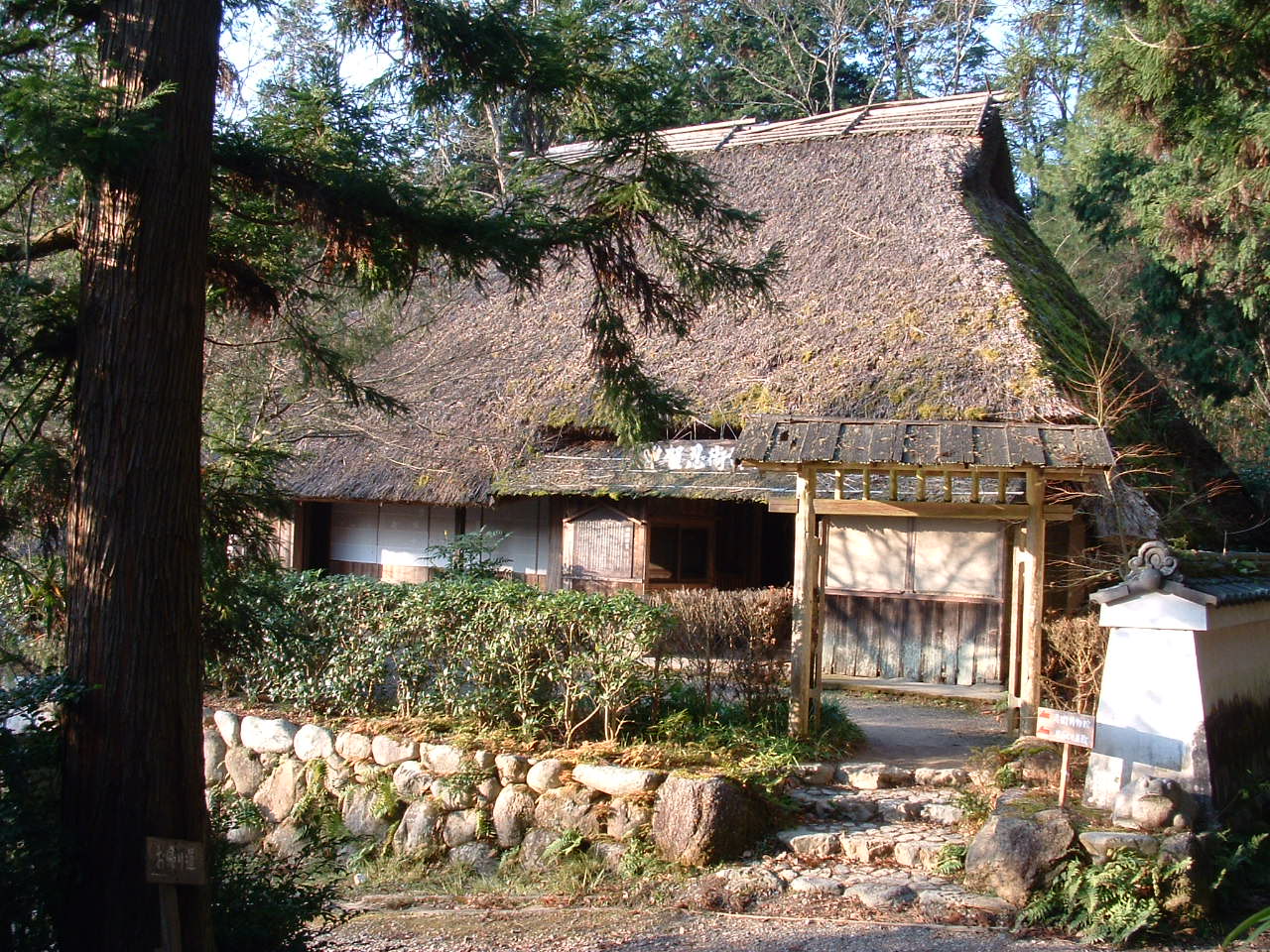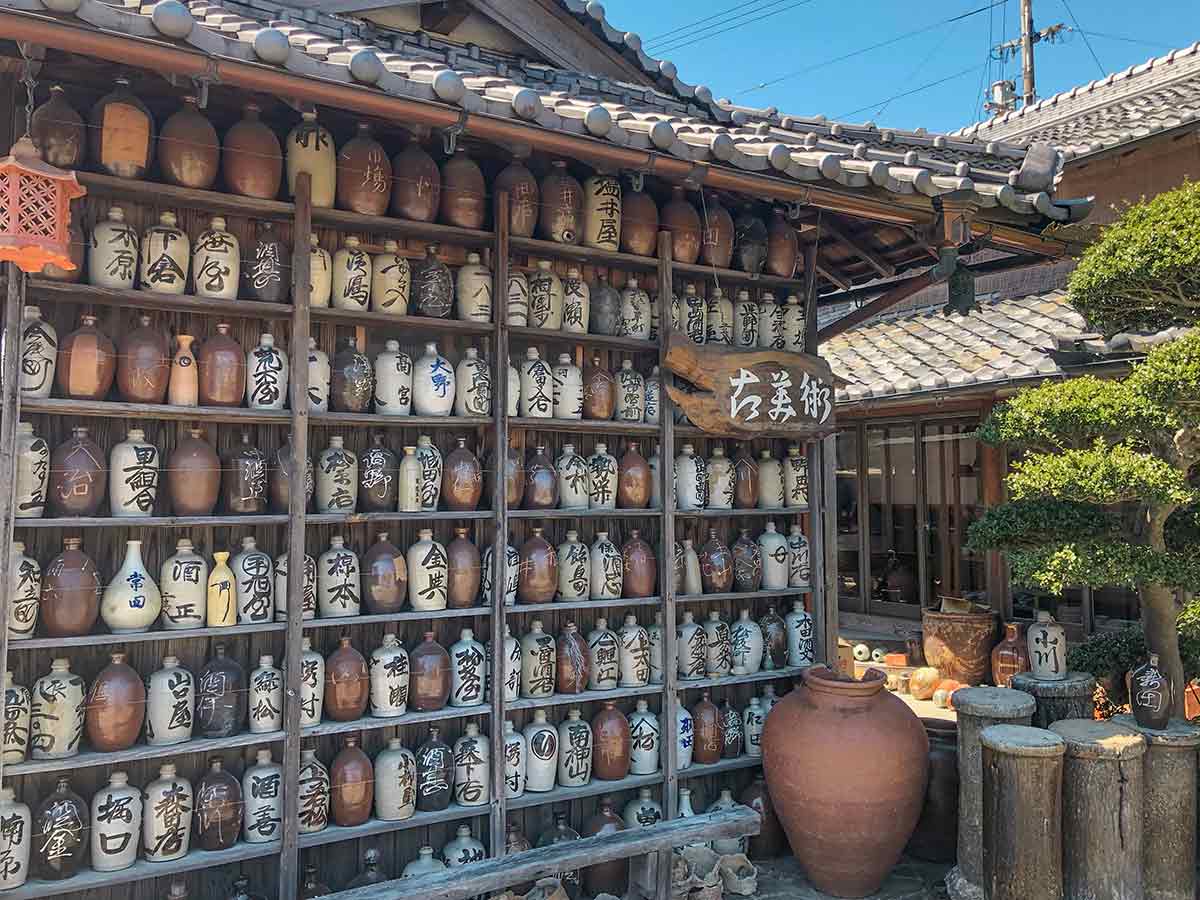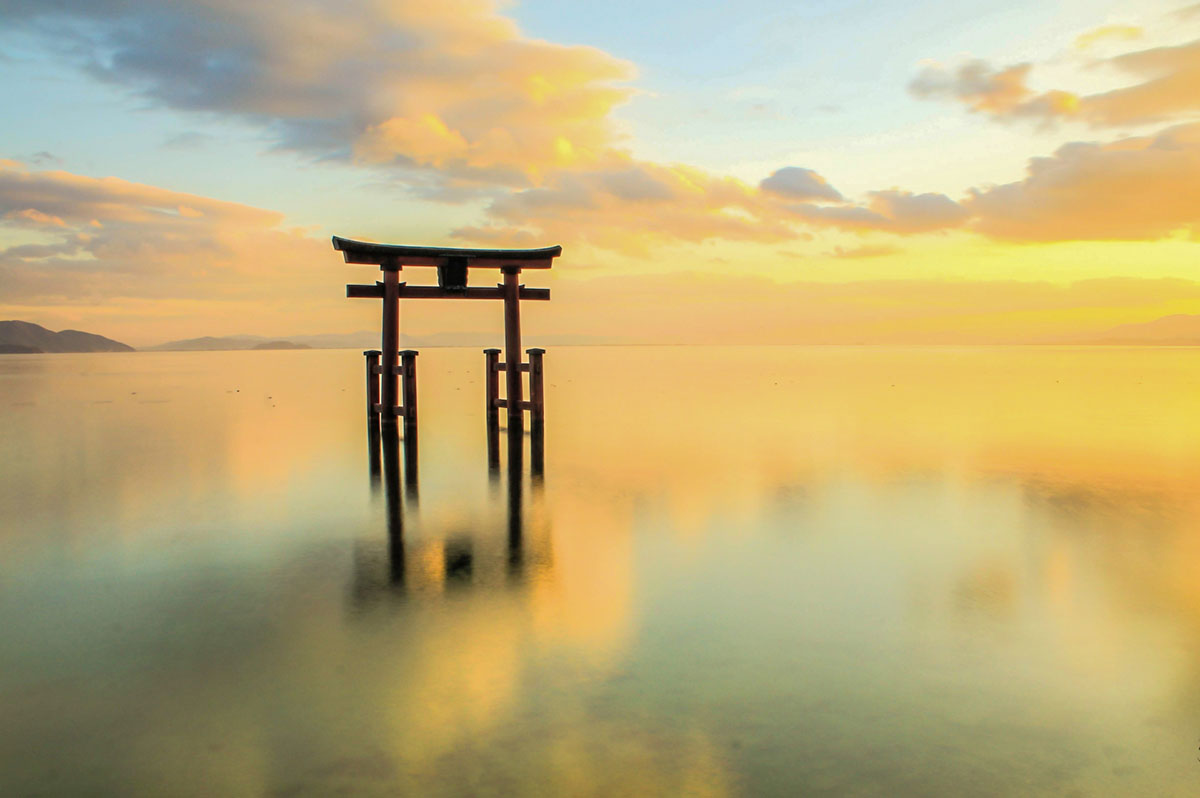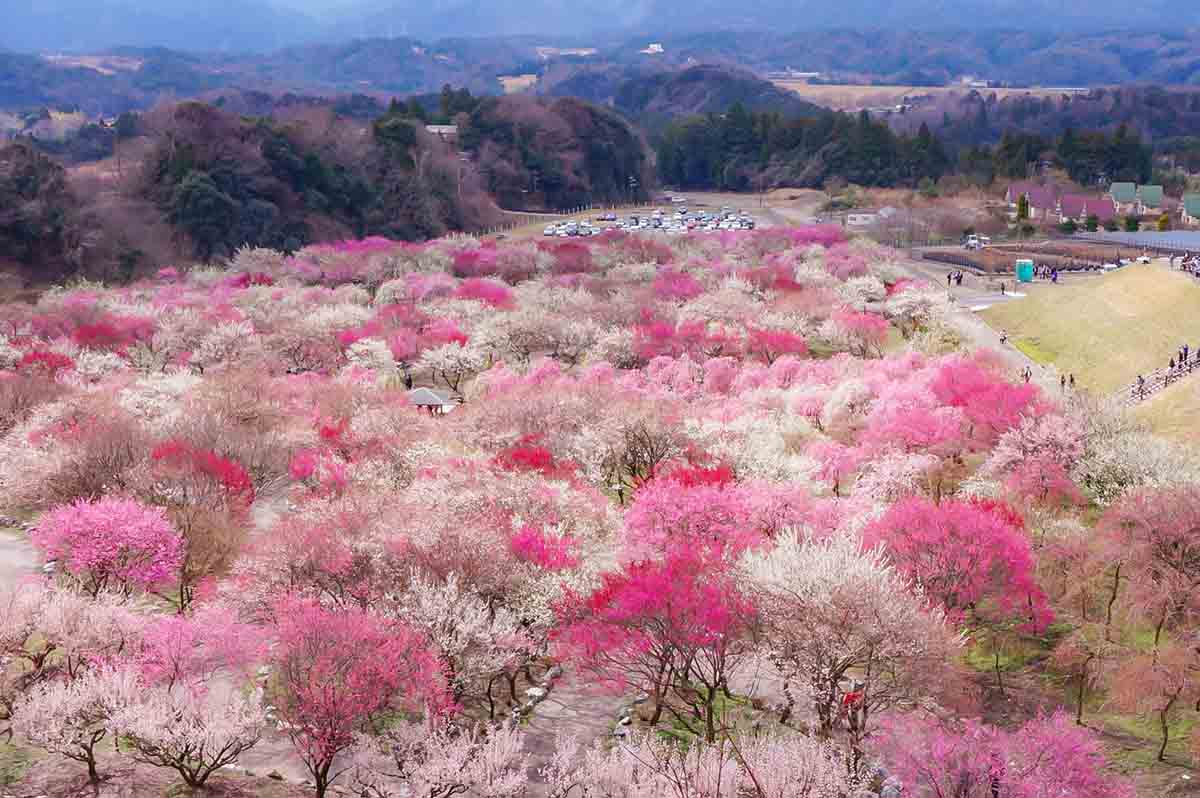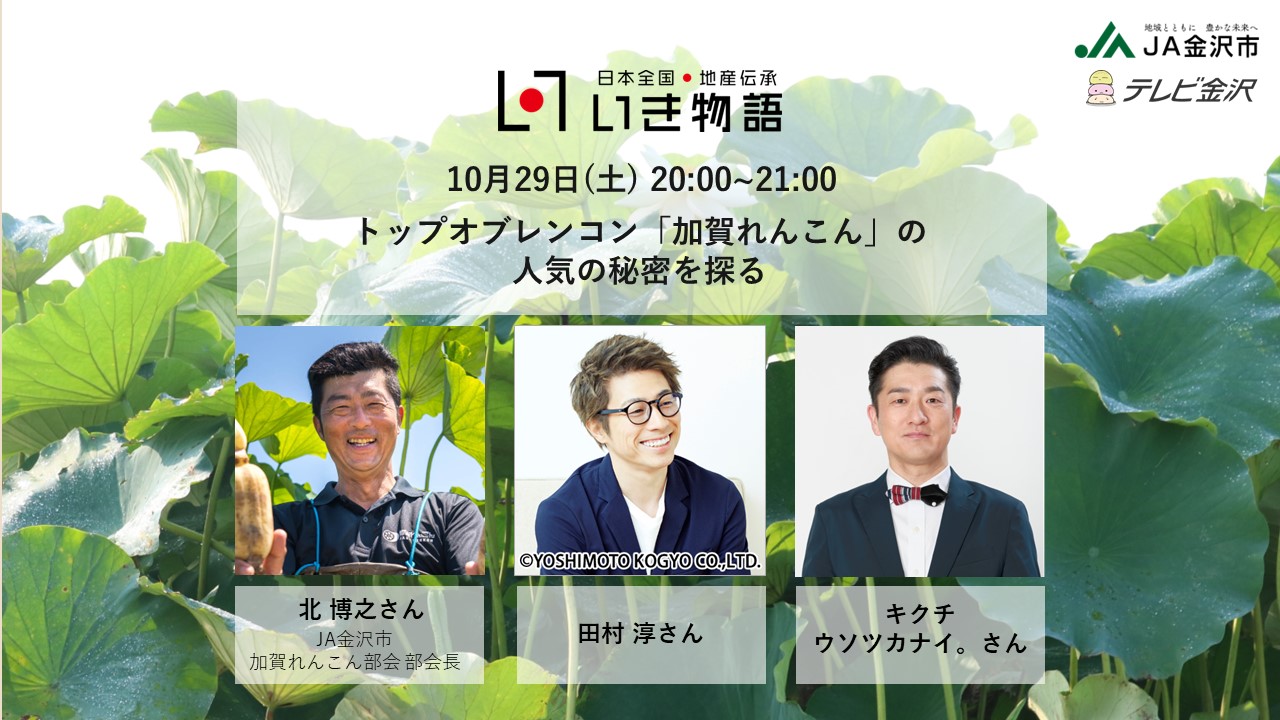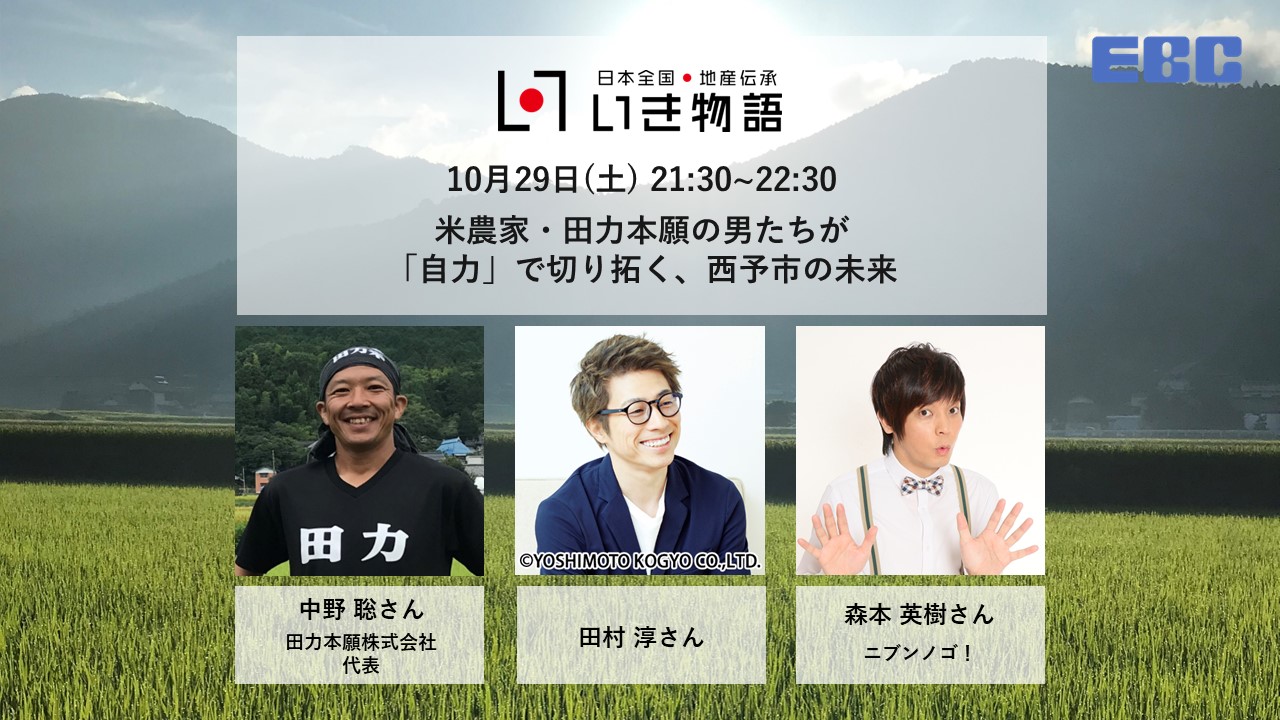Japan Heritage: Iga and Koka, the Birthplace of the Ninja
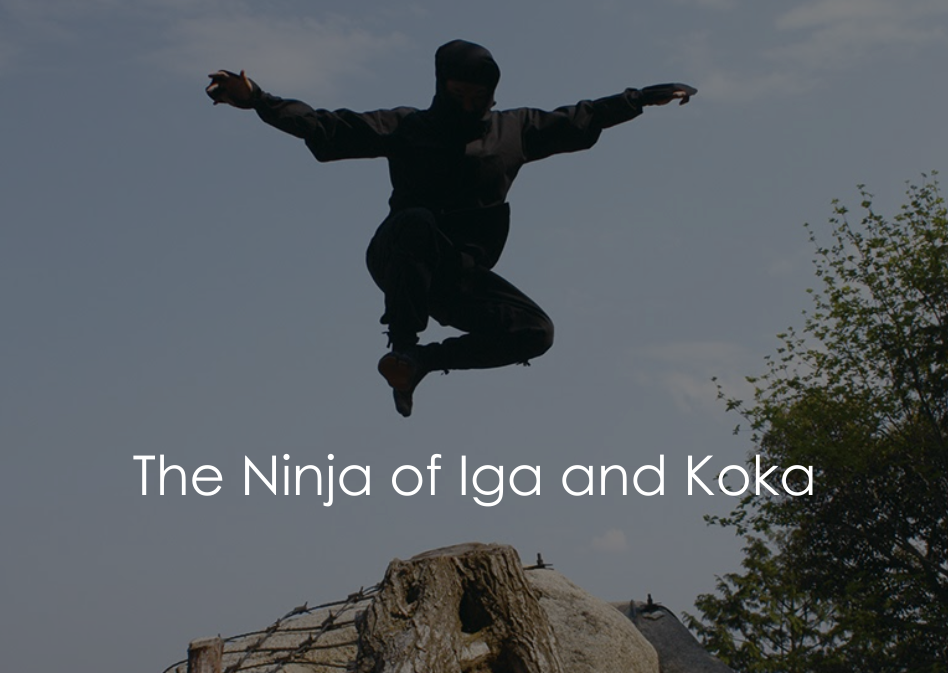
A Search for the Real Ninja
The ninja moved in the shadows of the Warring States period, serving the feudal lords of each region, investigating enemy movements, and carrying out surprise attacks. Now, through television and anime, they are widely known all over the world, and many people are fascinated by their eccentricity. However, even though the term 'ninja' is well known, they are still shrouded in mystery, and those who know the true form of the ninja are few and far between.
The area around Iga City, Mie Prefecture, and Koka City, Shiga Prefecture, is known as the birthplace of ninja. Iga and Koka were registered as Japan Heritage* Sites in 2017, and the entire region is dotted with cultural heritage sites related to ninja. By visiting these villages of stealth, you'll be able to see the imprints of the past and catch a glimpse of the ninja’s true form.
*Japan Heritage: A collection of stories introducing Japanese culture and traditions, recognized by the Agency for Cultural Affairs and used to stimulate tourism promotion and local revitalization through the presentation of alluring historical heritage sites in an area.
The Origins and Birthplace of the Ninja: the Iga and Koka Region
It's said that ninja were first known to people outside of Japan at the start of the 17th century through a Japanese-Portuguese dictionary compiled by Jesuits. In this book, ninja are recorded as "xinobi" and introduced as "spies that will climb up into castles and infiltrate camps at night or in secret in order to investigate the situation during times of war."
So, what kind of places within Japan did those ninja have as their bases for development? As mentioned before, the Iga region of Mie Prefecture and the Koka region of Shiga Prefecture have become widely known as the birthplace of the ninja. In a local record from the Edo period, Oumiyochi Shiryaku, it is stated that "the spies of Iga and Koka have taken the name ninja," and from this those from Iga and Koka came to be considered representative of ninja.

There are three main reasons as to why the ninja were able to develop in the Iga and Koka region:
- Located near both Kyoto and Nara, it was an ideal location for gathering information.
- With the Suzuka Mountains in the east and the Kasagisanchi Mountains in the west, the area is surrounded by mountain ranges, making it a refuge for powerful people of the time.
- It was a strategic point for transportation between the east and west, as both the Yamatokaido road and the Tokaido road passed through the area; it was also an important military location.
To summarize, it was an area of refuge, close to the cities that were vital points of that time, and acted as the infrastructure that connected transportation between east and west. It is thought that one of the main reasons the ninja came to be and developed in this area was due to the combination of these circumstances.
The ninja villages themselves are wrapped in peculiar scenery. The landscape, surrounded by small hills, goes on and on, and the spaces in between create a kind of labyrinth.

The view from above: a complex valley structure spreading out like intricate branches.
In addition to the maze-like dips, there are castle ruins on the tops of almost all the hills and at the entrances to most of the valleys. It is said that, if intruders were to attack from both sides of a valley, their path of retreat could be obstructed, trapping them "like rats in a bag." Some of the main characteristics of ninja villages were that they were tightly guarded and difficult to attack. Interestingly, there were no stone walls around these castles; instead, the tower houses were encircled by earthen walls around 50 meters on each side and reaching heights of well over five meters. Between Iga and Koka, the total number of these types of castles comes in at around 800, making it one of the foremost areas of castle clusters in Japan. Trees also grow thickly in the area where these castles were built, and the poor visibility makes for an environment suited to hiding.

The Roots of the Ninja Clans
The ancestors of the ninja are said to have originally been farmers. However, the intricate terrain of Iga and Koka is at a high risk of flooding from the rivers, so places where people can live and work are few and far between. Scrambling for the limited land, disputes between villagers led to them using weapons to fight each other. Additionally, because of the large number of basins in the region, the mountains became the only places to grow rice, collect fuel, find materials for weapons, and gather foodstuffs and medicinal plants. The fighting began over these sorts of valuable resources, and it is said that the farmers who took up arms became the roots of the ninja.
However, even if it's believed that those who took up weapons to fight were mainly farmers, occupations during that time period were full of diversity. There were those who were originally samurai, there were farmers, and there were also mountain ascetic priests called yamabushi. Even among these mountain priests, there were a variety of specialists, including woodcutters and those well-versed in medicine. Among the samurai, there were some high-class samurai who owned land, but there were also those who didn't. As far as the farmers, there were those who carried weapons and fought as common foot soldiers as well as those who didn’t, so it is difficult to describe any occupation in just a word.
Within the small villages, these diverse occupations were nurtured so that the people had the means to continue fighting against neighboring enemies. In the disputes, the skills for espionage and guerrilla warfare were refined as well, which is believed to then become the foundation for the ninja.
The Management of the Ninja Organizations
Both Iga and Koka molded their own communities. Because the disputes between the small villages continued for an extended period, it created an environment where it was difficult for any one person or group to come into a large amount of power. However, it is said that three prominent families known as the "three clans of ninja masters" emerged within the Iga ninja, and that their intentions were largely reflected in the decision-making processes. These three clans of ninja masters have been identified as the Hattori clan, the Momochi clan, and the Fujibayashi clan.
In both Iga and Koka, while normally there were skirmishes between the various villages, at times when the entire region was in crisis, the villages would all join together and fight in order to protect themselves. Actually, at the Ueno Castle Ruins in Iga, there is a temple called Heiraku-ji at which the people of Iga held war council evaluations during Oda Nobunaga's invasion.

Ueno Castle Ruins
So, what kind of management organization did the Koka ninja have? The Koka ninja also created a community which they called sou and used for management. However, it is believed that the positions of the people included in this community were basically equal. For example, when making decisions as a village, it was democratic; they were made by lottery or majority rule. It is thought that, because many small villages gathered together to form the people of Koga, no particular family was able to strengthen their influence like in Iga.
On the contrary, in this environment of equality, there was a tendency to not tolerate anything that stood out within the village. Because of that, oftentimes when people left the village to make a name for themselves, they would use their personal name, but upon returning to the village they would use their family name in order to keep a low profile.

Otori Jinja Shrine, one of the places where meetings were held.

Aburahi Jinja Shrine, a general shrine of Koka and revered by the people there, who worshipped Prince Shotoku as a war hero.
How the Ninja Cultivated Their Knowledge and Skills
The ninja have become famous for utilizing a variety of skills and knowledge while engaging in battles, but how were those skills and that knowledge cultivated? During times of peace, even ninja worked as farmers. According to Iranki written by Kikuoka Nyogen of Iga, the people would work diligently at their respective trades in the morning, then gather at a temple and train in military arts and strategy in the afternoon. However, a code was also established that the villagers would mobilize to fight; when such a time came, the bells of the village would be rung, and everyone from common people to monks would take up the weapons that they each could use well and move into action.
Examples of the code:
・When an enemy attacks, one will serve in the army.
・Protect the areas that are easy to defend.
・In the event a battle is drawn out, prepare relief members.
・The elderly and other villagers who can't fight should pray for victory.
The people of the villages consisted of farmers, of course, but also those who made a living in other ways, such as woodcutters and yamabushi mountain priests. These mountain priests in particular would undergo strict training, and they would also acquire medicinal knowledge as well as visit various regions to collect information. During this period, there were people with a variety of occupations, so when it came time for battle, their knowledge and skills would be consolidated in order to fight. Considering that present-day wars are fought by combining science and technology, it can be taken to mean that the principle ways of fighting have not changed.
It is believed that the ancestors of the ninja of Iga and Koka learned many things from devotees of Shugendo, yamabushi mountain priests. During that period, mountain priests were a regular presence in everyday life. Even among these mountain priests who practiced mental and skill training, there were a variety of fields that different people excelled in, including information gathering, understanding the lay of the land, cutting trees, jumping from one tree to another, using fire, and medicinal knowledge. These livelihood skills, wisdom, and knowledge the mountain priests used to survive life in the mountains was in turn used by samurai and farmers to live as ninja.

Mt. Handouzan, a place for ascetic training.
However, an important thing to note is that the mountain priests underwent training as religious people. The ninja of Iga and Koka, in contrast, trained for the purpose of military affairs and were used to work as mercenaries in war efforts in other regions. Taking the whole story into account, it can be thought that the structure and origin of the ninja is closely related to mountain religion.

Even now, there are still priests who guide mountain asceticism.
In Conclusion
Ninja actually existed in areas all over Japan, and each region has places where that history and those stories are conveyed. In the Iga and Koka regions, the cultural heritages associated with the ninja are all connected. You can learn about the history at museums, actually walk around the places where ninja were active, and even try out some ninja techniques yourself. By learning more deeply about the ninja, you're sure to be able to see their true form.
On the tour below, you can visit the Koka Ninja House of Shiga Prefecture and learn about the history and lifestyle of the Koka ninja. Take the opportunity to visit in person and see the truth about the ninja for yourself!
Take a tour:
Instead of a trip on which you simply visit a place, why not try one where you can expand your ou...
Keep traveling:
The Koka Ninja House in Koka City, Shiga Prefecture, is a mansion-style facility with information...
The Koka Ninja Village is an experience facility in Koka City, Shiga Prefecture, the birthplace o...
Seiuemon Pottery located in Koka City, Shiga Prefecture, is a pottery studio that aims to continu...
Learn more:
Shiga Prefecture is the area around Lake Biwa, Japan's largest lake. It is separated from Kyoto b...
Mie Prefecture lies in the southeast of the Kansai region and has a long coastline along the Paci...
Sponsored Links
Unmissable Tours
Expand your horizons by interacting with diversity. Take a look at guided tours on which you can connect personally with the guides and have truly extraordinary experiences.
Search

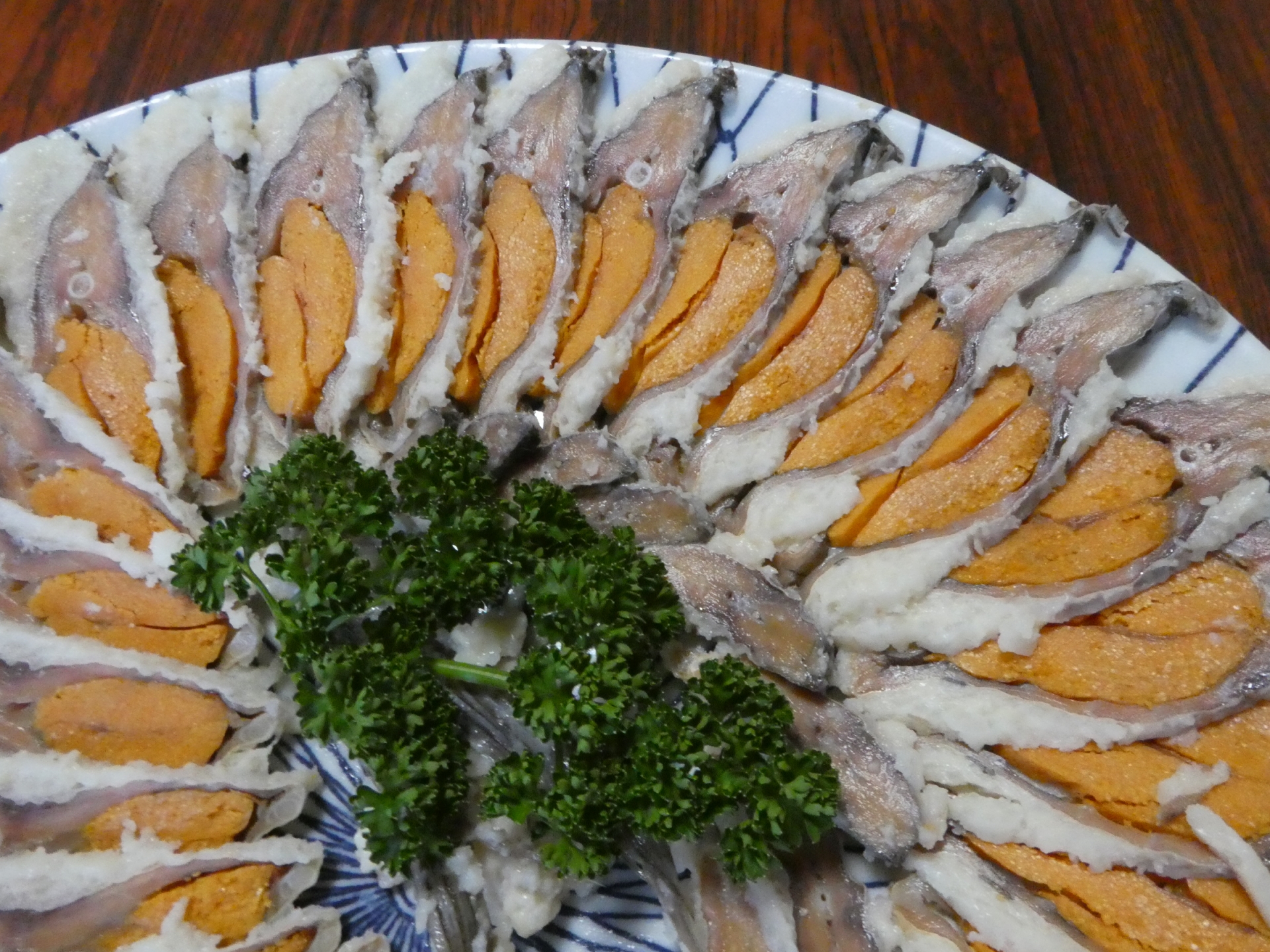
.jpg?locale=en)
